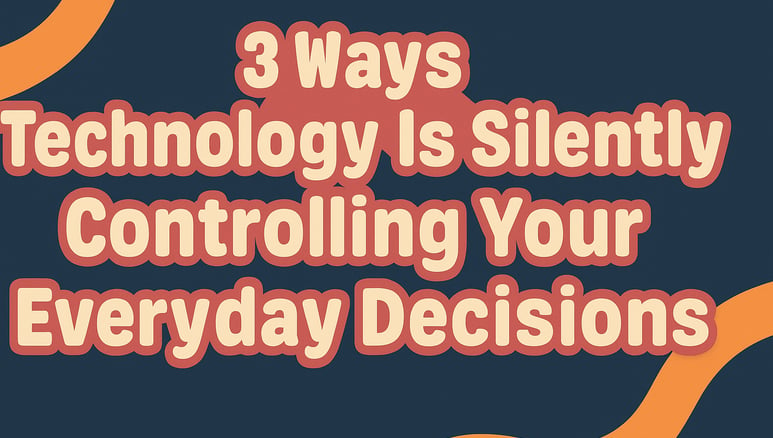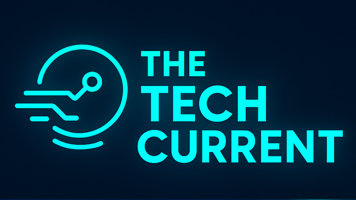3 Ways Technology Is Silently Controlling Your Everyday Decisions
Discover how everyday digital tools — from social media feeds to maps and menus — are subtly shaping your decisions using algorithms and AI. Here's what you need to know to regain control.
TECH & SOCIETY EXPLAINED
6/19/20252 min read


3 Ways Technology Is Silently Controlling Your Everyday Decisions
We like to believe we’re in control of our choices. But from what you watch online to the routes you drive and the products you buy, invisible systems are quietly nudging you — often without your awareness.
In this post, we’ll break down three powerful ways technology is influencing your everyday decisions, based on insights from behavioral science and real-world platform design.
1. The Algorithmic Feed: Personalization or Programming?
Social media platforms like TikTok, Instagram, and YouTube don’t just show you content — they predict what you’ll like next.
Using AI, these apps analyze every scroll, pause, and reaction to create a hyper-personalized feed. But what starts as convenience turns into habit reinforcement. Over time, you see more of what you already agree with and less of what challenges you — keeping you in a curated bubble.
Even freemium games and short-form video apps use these techniques. They serve you rewards and nudges at just the right moment to keep you engaged — a loop fueled by dopamine and data.
⚠️ These systems aren’t just reflecting your interests — they’re shaping them.
2. Default Settings: The Invisible Decision-Makers
Most of us click “accept” without a second thought. But did you know that default settings — like enabling data sharing or choosing a “recommended” subscription tier — are carefully designed nudges?
This is known in behavioral science as the nudge effect, and when used unethically, these defaults become dark patterns — ways of getting you to do something you didn’t actively choose.
Platforms count on the fact that you won’t dig into your settings. The result? You end up sharing more data, spending more money, or subscribing to features you didn’t truly need.
💡 If you didn’t opt out — did you really opt in?
3. Maps, Menus, and “Smart” Suggestions
Navigation apps, food delivery services, and travel booking sites often suggest what’s “best” — but that suggestion is usually tied to platform profit, not personal benefit.
Sponsored results, promoted restaurants, and “top listings” often reflect advertising dollars, not genuine user reviews. The same applies to job platforms that prioritize paid postings over merit.
With AI-generated suggestions, it becomes even harder to spot when convenience crosses into manipulation.
📍 What’s fast and easy may not always be free from bias.
🎥 Watch the Video
📺Prefer to watch? Here's our full video breakdown of this topic.

🔑 Key Takeaways
Algorithms are designed to predict and influence, not just entertain.
Default settings often serve corporate interests, not user freedom.
Smart suggestions can be commercially biased, shaping what you choose without realizing it.
Awareness is the first step to regaining digital agency.
💬 Join the Conversation
How have you noticed tech influencing your everyday decisions?
Have you changed default settings lately?
Do you challenge algorithmic suggestions?
Are there tools or habits that help you stay in control?
Share your thoughts in the comments or tag us on social media using #TechDecoded.
👉 Don’t forget to subscribe to The Tech Current on YouTube for weekly deep dives into how tech is reshaping society, work, and human behavior.
Insights
Exploring technology's impact on society and business.
Trends
Digital
contact@techcurrent.com
© 2025. All rights reserved.
